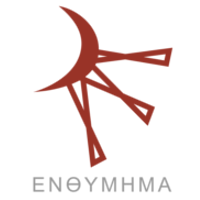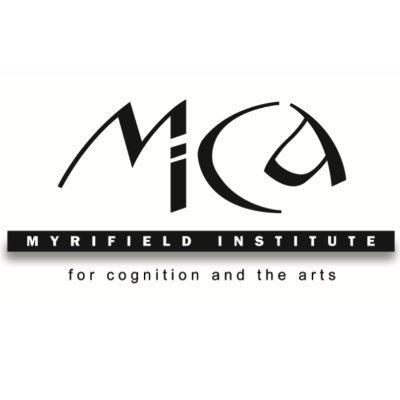
Last paper:
Grazia Pulvirenti, Renata Gambino, Neurohermeneutics. A Transdisciplinary Approach to Literature
- Peer review
- Submit a paper
- Suggest a paper
- Contact us
- Partner program
Katie Overy, Istvan Molnar-Szakacs,
Being Together in Time: Musical Experience and the Mirror Neuron System
 Year: 2009
Year: 2009Topics: Cognition;
Disciplines: Fine Arts;
DOWNLOAD PAPER
Download size: 164.36 KB
The discovery of individual "mirror neurons" in the macaque brain that fire both when an action is executed and when that same action is observed or heard, and of a homologous system in humans, is leading to an extraordinary conceptual shift in our understanding of perception-action mechanisms, human communication, and empathy. In a recent model of emotional responses to music (Molnar-Szakacs & Overy, 2006), we proposed that music is perceived not only as an auditory signal, but also as intentional, hierarchically organized sequences of expressive motor acts behind the signal; and that the human mirror neuron system allows for corepresentation and sharing of a musical experience between agent and listener. Here, we expand upon this model of Shared Affective Motion Experience(SAME)and discuss its implications for music therapy and special education.We hypothesize that imitation, synchronization, and shared experience may be key elements of successful work in these areas.
Project
The Neuro Humanities Studies Network aims at creating a multidisciplinary research community in order to develop and structure a linking platform for neuro-scientific, cognitive topics and humanities.
Click on each keyword to show papers related with it.









